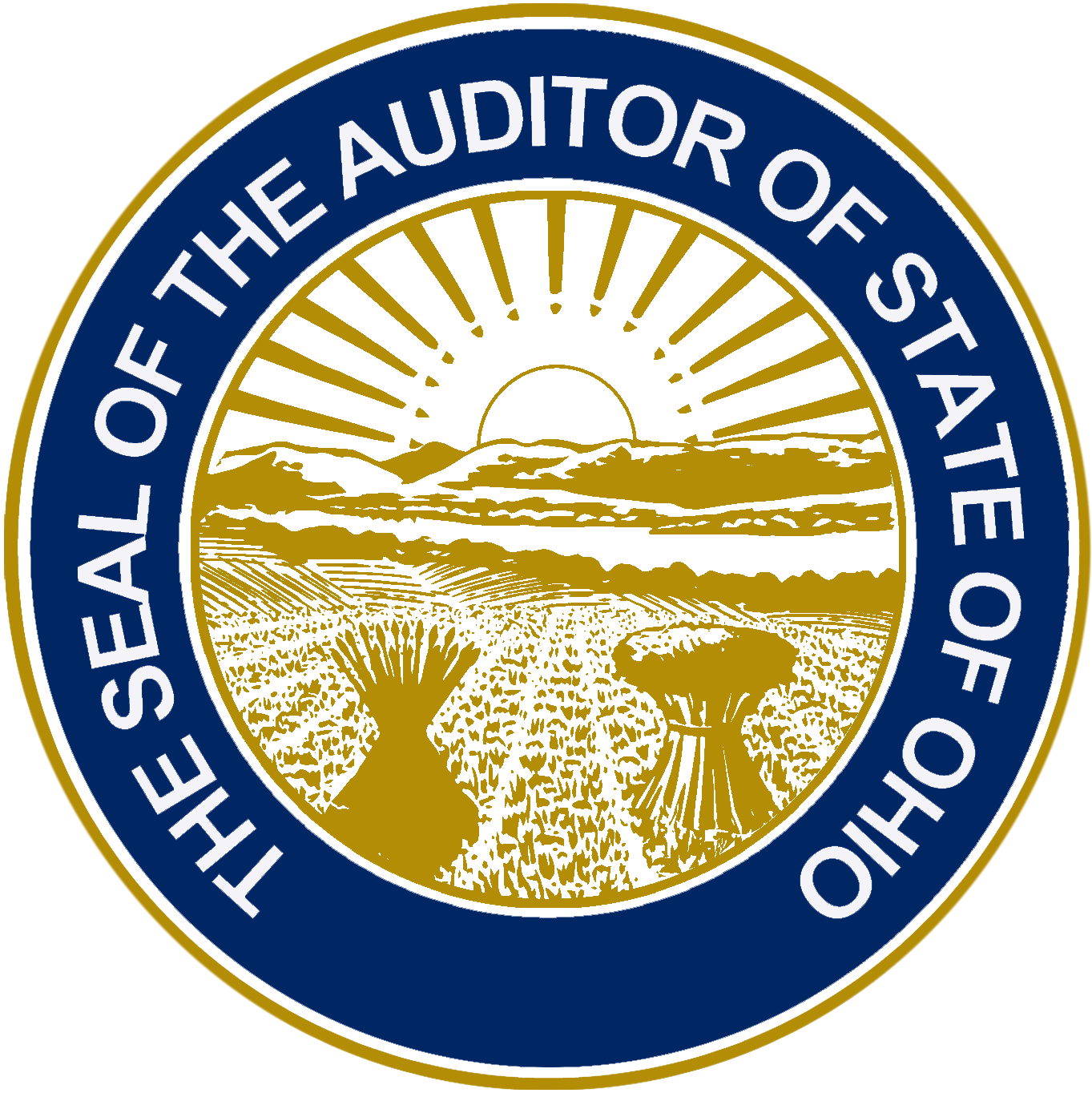
Press Release • Ohio Auditor of State
Ohio Auditor’s Report Details How Communities Can Overcome, Avoid Fiscal Emergency
Columbus – Few things can be as traumatic to a county, school district, city, village or township as being declared to be in fiscal emergency as a result of defaulting on debt, failing to make payroll or running fund deficits.
But a new report from Auditor of State Dave Yost details the experiences of local government officials who faced this calamity and overcame it.
“Path Out of the Red: How to Avoid and Escape Fiscal Emergency” provides advice to local governments in financial trouble from local officials who have dealt successfully with these situations.
“There are many reasons why a local government might find itself in fiscal peril,” said Auditor Yost. “Sometimes it is because of poor decision-making and too little attention paid to revenue and spending. Sometimes it comes because of sudden shifts in the economy that are outside of anyone’s control. But however it happens, fiscal emergencies demand leaders who are ready to face facts and take the steps necessary to restore their communities to financial health.”
Since 1980, 79 townships, villages and cities have found themselves in fiscal jams so severe that they were declared to be in fiscal emergency, with 17 currently working their way out of it. Since 1996, the same thing has happened to 43 Ohio school districts, with two currently in fiscal emergency.
To restore balance to their books, local governments must increase revenue or cut spending, or a combination of each. Among the 26 cities, villages and townships that have been released from fiscal emergency during Auditor Yost’s two terms, these were the top methods:
- 15 local governments reduced staff or eliminated departments
- 13 passed income tax levies or reduced income-tax credits
- 10 reduced money spent on supplies, contracted services and utilities
- 10 raised utility fees
- 9 changed employee benefits such as pay, vacation and health insurance to trim expenses
- 8 initiated user fees
- 8 initiated or raised property taxes
“Path Out of the Red” profiles four communities that faced and overcame fiscal emergency: the Village of Lakemore in Summit County, the Village of Edgerton in Williams County, the City of Campbell in Mahoning County, and Scioto County.
Officials from each community detail how their problems arose, what it was like to have their authority and decision-making overshadowed by state law and an appointed financial commission, and the kind of revenue and spending decisions that helped restore balance to the books.
These officials offer advice on how to make the most of the help available from the Auditor of State’s Local Government Services (LGS) office.
The officials also explain how to minimize the chances of falling into fiscal emergency – primarily by ensuring that the books are up-to-date and accurate and that spending decisions are made with a full understanding of the long-term effects on the government’s bottom line.
The report also details the services that are available from the Local Government Services offices to avoid or overcome financial problems. LGS serves as a consulting and fiscal advisory group to all government agencies, school systems and political subdivisions.
For local governments facing fiscal difficulties and those that would like to avoid them, “Path Out of the Red” is a valuable resource.
A full copy of this report is available online.
Click here to watch a video of Auditor Yost and local government officials discussing fiscal emergency.
###
The Auditor of State’s office, one of five independently elected statewide offices in Ohio, is responsible for auditing more than 5,900 state and local government agencies. Under the direction of Auditor Dave Yost, the office also provides financial services to local governments, investigates and prevents fraud in public agencies and promotes transparency in government.
Contact:
Beth Gianforcaro
Press Secretary
614-644-1111